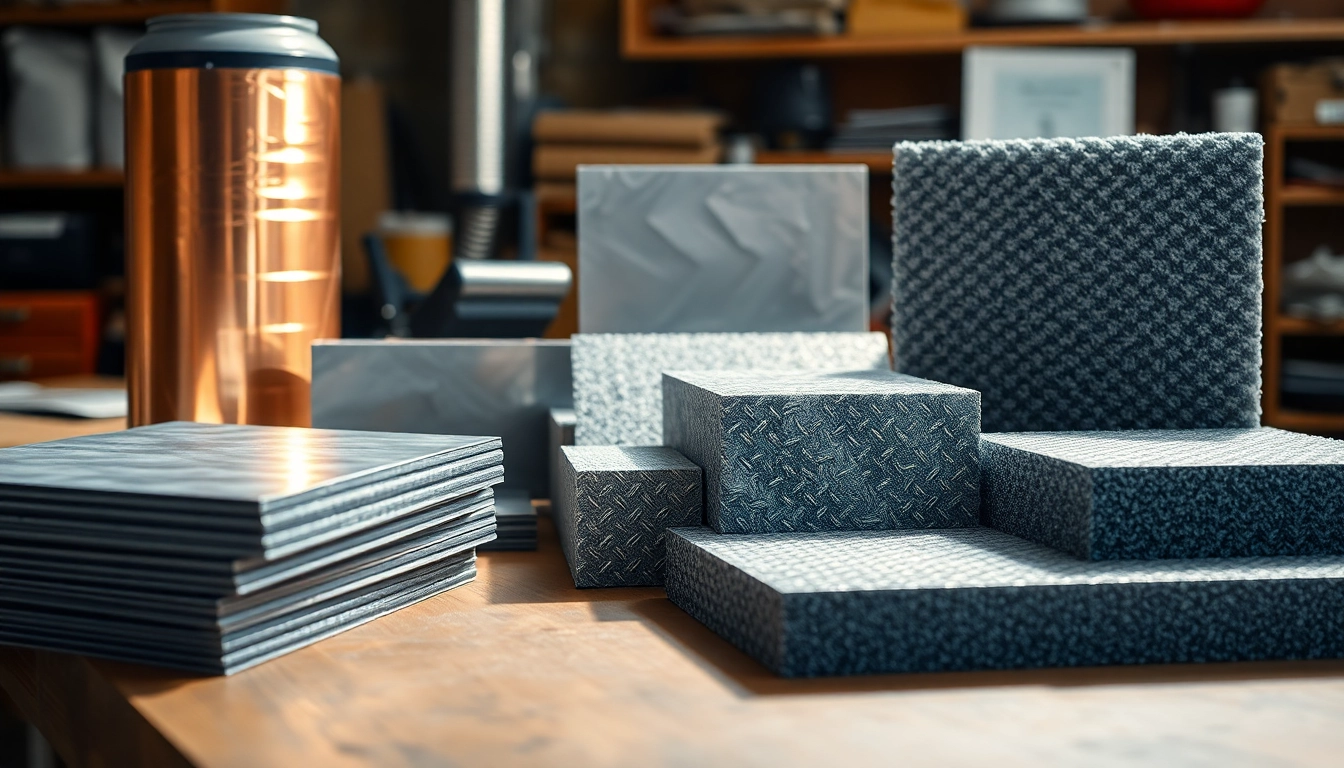Introduction to Speedglas Welding Helmets
Welding is a skilled trade that involves high heat, light, and potentially harmful fumes. A critical piece of equipment for any welder is their helmet, which protects against these hazards. One brand that stands out in the marketplace is speedglas, known for its innovative designs and advanced protections. Let’s explore what makes Speedglas helmets essential for welders, their history, and the technology that largely contributes to their popularity.
What is Speedglas?
Speedglas is a brand of welding helmets produced by 3M, an organization celebrated for its commitment to quality and safety in personal protective equipment. Speedglas helmets are designed to protect welders from the intense light, heat, and harmful gases produced during welding procedures. They are distinguished by their advanced auto-darkening filters and ergonomic designs tailored for comfort and functionality.
History and Innovation of Speedglas Technology
The Speedglas line was born in the early 1980s when 3M introduced auto-darkening welding filters, revolutionizing the welding experience. Prior to this innovation, welders had to flip their helmets down before starting to weld, exposing themselves to harmful light and heat. The first Speedglas helmet, which featured an auto-darkening lens, offered immediate benefits in terms of safety and efficiency, leading to increased adoption among professionals.
Since its inception, Speedglas has continued to lead the market by introducing improved models that integrate enhanced features and functionalities. For instance, advancements like the 3M™ Adflo™ Powered Air Respirator System have been developed to provide breathable air while welding, further protecting welder health.
Key Features of Speedglas Welding Helmets
Speedglas helmets are packed with features aimed at maximizing safety and comfort:
- Auto-Darkening Technology: These helmets automatically adjust the lens shading based on the light intensity from the welding arc, ensuring that the welder always has optimal visibility.
- Wide Field of View: Many models offer a panoramic view, allowing welders to work comfortably while maintaining awareness of their surroundings.
- Ergonomic Design: Speedglas helmets are crafted to reduce neck strain and enhance overall comfort during extended use.
- Advanced Respiratory Protection: Integrated systems protect against harmful fumes and dust, addressing health concerns that welders often face.
- Durability: Constructed with tough materials, these helmets are built to last in demanding environments.
Advantages of Using Speedglas Helmets
Safety Features That Stand Out
Safety is paramount in welding, and Speedglas helmets are designed for maximum protection. The integration of advanced auto-darkening filters allows for quick transitions from light to dark, protecting the eyes from intense arcs without interrupting workflow. Moreover, minimalizing exposure to potentially harmful rays—including ultraviolet and infrared light—is a significant aspect of the design. The addition of respiratory protection ensures welders are safeguarded from inhaling dangerous fumes, a critical safety measure often neglected in less advanced helmets.
Enhanced Comfort and Ergonomic Design
Welding can be a physically taxing job, especially during long hours on the task. Speedglas helmets incorporate various ergonomic features such as adjustable head straps and lightweight designs that help mitigate fatigue. Many helmets have a low center of gravity, reducing neck strain, which is especially significant for welders who work in awkward positions. Moreover, models with padded interiors provide additional comfort and can be worn for extended periods without causing discomfort.
Durability in Harsh Environments
Welding takes place in extremely demanding conditions, and the equipment used must be resilient. Speedglas helmets are made with robust materials that can withstand abrasion, heat, and impact. They are also designed to perform in potentially hazardous environments where sparks and hot slag are present. Users frequently report that these helmets remain functional and visually clear, even after sustaining years of grit and grime.
Comparing Speedglas to Other Welding Helmets
Speedglas vs. Competitors: A Detailed Analysis
When purchasing a welding helmet, safety, comfort, and technology are crucial factors to consider. Comparatively, Speedglas helmets often outperform many of their competitors by integrating superior technology, particularly in their auto-darkening lenses. For instance, while many standard models utilize a single sensor to gauge light levels, Speedglas helmets often feature multiple sensors, allowing for quicker and more reliable adjustments.
Additionally, while helmets from brands like Miller or Lincoln Electric may provide decent protection, they often lack the extensive features designed for ventilation and comfort found in Speedglas models. Whereas competitors focus on basic protection, Speedglas offers comprehensive systems aimed at solving multiple welder health and safety issues concurrently.
User Experiences and Reviews
User feedback on Speedglas products tends to be overwhelmingly positive. Many users highlight the clarity of their vision through the auto-darkening lens compared to other brands. Welders also appreciate the comfort level, stating they can wear the helmet for several hours without neck fatigue or discomfort.
To illustrate, reviews from professionals have mentioned how quickly they adapted to the helmet’s operation and the clarity provided in both bright and dark settings. However, some users have noted the higher price point as a possible deterrent, emphasizing the need for a balance between cost and innovative features when making a purchasing decision.
Price Range and Value for Money
The price of Speedglas helmets varies significantly based on model and features. Typically, you can expect to pay between $200 to over $1,200 for specialized variants. While competitors might offer helmets at a lower cost, the value derived from Speedglas helmets comes from their durability, advanced features, and the level of protection they offer.
For professionals who rely on their equipment for safety and efficiency, investing in a Speedglas helmet could mean the difference between an effective work environment and one fraught with risk. Therefore, many conclude that the upfront expense is justified when considering the benefits provided.
How to Choose the Right Speedglas Helmet
Identifying Specific Needs for Your Welding Projects
Selecting the proper Speedglas helmet starts with identifying your specific welding needs. Factors to consider include the types of welding techniques you will be performing (MIG, TIG, Stick, etc.), the materials you’ll be working with, and the environment—such as outdoor versus indoor settings.
Understanding the Different Model Features
Speedglas offers a range of models, each with unique features suitable for different applications. The 9100 series, for instance, is recognized for its lightweight design and superior optical clarity, while the G5 series introduces even more advanced respiratory solutions. Researching each model’s specifications and consulting welding professionals who already use the equipment can offer valuable insights into the benefits relative to your workflow.
Buying Tips for First-Time Users
For first-time buyers, it’s advisable to consider purchasing from authorized dealers to guarantee the authenticity and warranty coverage of the product. Additionally, checking for features such as adjustable headgear, viewing area size, sensitivity control, and shade range will ensure you select a helmet that meets your needs effectively. Furthermore, trying on the helmet for comfort can make a significant difference in usability.
Maintenance and Care for Your Speedglas Helmet
Cleaning Guidelines for Longevity
Maintaining your Speedglas helmet is integral for prolonging its life. Regular cleaning is essential, particularly after exposure to welding debris, heat, or chemical contaminants. Use a damp cloth with a mild soap solution to wipe down the exterior and lens. Avoid using abrasive cleaners or materials that can scratch or damage the helmet.
Checking and Replacing Components
Periodic inspection of helmet components such as the headgear, filters, and shell will help identify any wear or damage. The auto-darkening filters have a limited lifespan, and replacing them as needed is crucial for maintaining the helmet’s performance. Always refer to the manufacturer’s recommendations for component replacement and care procedures.
When to Upgrade or Replace Your Speedglas Helmet
While Speedglas helmets are designed for durability, they do have a finite operational lifespan. If you notice significant wear on the lens, unwanted light leakage, or malfunction of the auto-darkening feature, it may be time to upgrade. Investing in the latest model can provide enhanced features that improve safety and comfort further, aligning with industry advancements.
Conclusion
Speedglas welding helmets are an essential investment for professional welders seeking enhanced protection and performance. With their long history of innovation, commitment to safety, and numerous features aimed at comfort and durability, they represent industry leaders in protective equipment. By thoroughly understanding your needs and the available options, you can choose a helmet that not only meets your professional requirements but also contributes to a safer and more productive working environment.



